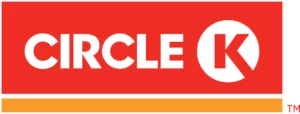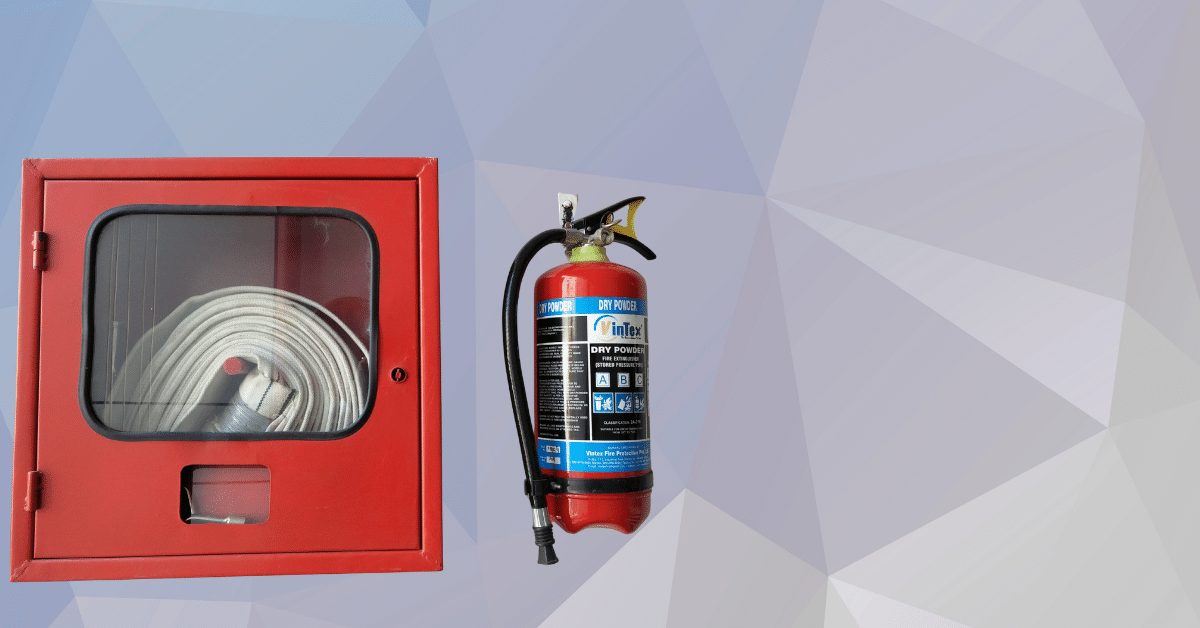Want to achieve business goals quickly? Identify, address, and bridge skill gaps to stay ahead in the game.
Having the right workforce for your business helps you reach your desired goal and leads you to long-term success.
However, every role requires some competencies; if your team does not possess those competencies, think about ways to improve. A skills gap analysis fills this void.
A skills gap analysis is not an activity; it’s a strategic process to discover areas where your employees are doing great and the areas that require development.
You can use data-driven insights to align your training efforts with business objectives, improve team performance, and stay ahead of the competition. So, in this guide, we’ll discuss the five essential steps to conduct a skill assessment analysis.
1. Designing a Skills Assessment
A successful skills gap analysis depends on a well-structured and relevant assessment. Here are the essential components of designing it:
A. Structuring the Assessment
A well-structured employee skills gap analysis helps you to map out the skills of your team:
- Skills Assessment Matrix: Make a skills assessment matrix with employee names as one axis and required skills as another. Next, populate this matrix with proficiency ratings for each skill.
- Alignment with Goals: Make sure the matrix aligns with organizational objectives. For instance, prioritize creativity and solving key skills if you want innovation to be a priority.
- Visualization: The matrix helps quickly pinpoint areas of strengths and gaps and easily determine how to prioritize training needs.
The benefit of this method is that you have a solid picture of what each person and the team can do so that you can focus on meeting both short-term and longer-term goals.
B. Ranking and Rating Systems
To maintain consistency, use a precise and granular rating system. You can use a scale from 1-10 to compare the details. 1 can denote no experience, whereas 10 would refer to an expert.
To clarify the ranking system, you can explicitly explain what each number refers to. This will eliminate the confusion among employees.
The scale is detailed enough to get a good rating from employees, and managers know what to look for.
C. Question Types
Determining the types of questions that need to be included in the skill gap analysis assessment is crucial in making analyzing skill gaps easier. Your skills assessment matrix should contain different questions to obtain a well-rounded view.
Questions Based on Competency
Consider including competency-based questions to determine an employee’s cognitive competencies and problem-solving abilities as per his job.
Incorporating Questions
You can use questions like, “Give some examples of times when you’ve used data analysis to help improve processes.”
Questions Based on Growth
Furthermore, make sure to include some questions that determine the willingness of employees to learn and grow in their field. Growth is the ultimate source that leads to success both on individual and organizational levels.
Employees who lack the enthusiasm to grow will not be helpful to the organization in the long term. For instance, for project managers, you can include a few questions like, “Are you open to learning new tools in project management?”
Objective-Type Questions
Your skill assessment should have objective-type questions as well. Sometimes, employees think of themselves as perfect and do not need any improvement, and they answer subjective questions according to the needs of the job.
However, in the case of objective-type questions, they will be able to validate their technical skills. You can ask them to identify the correct formula for calculating the Return On Investment (ROI).
The questions must not be generic; instead, include job and position-relevant questions. These types of questions highlight your knowledge and competency in your field.
Having diverse questions will help the managers find the skill gap easily. This would help employees understand where they are lacking and allow them to grow. By taking these steps, you can better understand skills and student attitudes towards learning.
D. Methods for Reducing Bias
There are various instances when the skill gap analysis results come out biased. This could be avoided by integrating a few practices that could ruin your employee skills gap analysis.
The best way to avoid biases is to grade the assessments without knowing who they belong to, or a neutral panel must review them.
Moreover, purely subjective assessment can make the results skewed. Therefore, you must include objective questions and measurable benchmarks to reduce the possibility of biases.
2. Assessments Frequency and Implementation
When conducting a skills gap analysis, balancing being too frequent or sparse is important to maintain employee engagement and productivity.
Avoid Overwhelming Employees
Assessments too frequently can burn employees out, not to mention hurt their engagement. Strike a balance. You can offer them actionable feedback on a monthly or bi-monthly basis. This would encourage them to improve instead of burning them out.
Moreover, updating the skill sheet every six months is best to give a broader perspective, not burnout.
Tailoring to Industry Needs
There is no fixed time criteria for conducting a skill gap analysis. It varies according to your industry’s needs. You can start by thinking how fast your industry changes.
In a tech-driven field, you must assess more often than once every five years to remain current. In contrast, less frequent evaluations may be enough in a stable environment.
3. Skill Gaps Identification and Addressing
You need to address the skill gaps to build a highly successful team and continuously grow. Here’s how you can identify and tackle these gaps effectively:
A. Methods of Identification
Have you figured out the method of identification? That’s where you can start. You can go ahead by watching patterns within team performance. For example:
- Are projects routinely delayed?
- To what extent are customer complaints associated with specific tasks or skills?
Add these observations to your assessment data. For example, if several team members have low scores on conflict resolution, you can bring in specific training on how to run difficult conversations.
B. Addressing Gaps
Once the gaps are identified, it is time to address them. The right way to address these gaps is to implement different strategies. For instance, a business can create workshops, courses or training programs for their employees with specific learning needs.
It is crucial to first focus on the core skills required for the job. Once the individuals are trained for the core skills, you can equip them with other critical skills.
The best way to train employees is by encouraging cross-training. For instance, if Team A is doing well on a chosen skill while Team B is struggling, both teams can be shuffled to be trained equally.
4. Continuous Skill Development
Analysis of the skills gap is not a one-time task. To be competitive, you must make continuous development a part of your culture.
Ongoing Training Programs
Train accordingly to the trends in the industry. For instance, an IT group may come to know now and then of an emerging cybersecurity threat and make sure that their knowledge is current. Regular training is advised to ensure your employees have the best skill set.
Structured Review Processes
If necessary, conduct weekly or bi-weekly team discussions where you discuss challenges and identify the skill needs. It gives this collaborative method an air of openness and accountability.
Balancing Work and Learning
Employees may be overwhelmed if learning occurs in the middle of the workflow. Be flexible, which means they can offer self-paced e-learning or microlearning sessions before anyone clocks off their desk.
5. Collaboration and Resource Sharing
There’s no doubt in accepting that talent wins the games, but teamwork wins championships. Teaming up and collaborating is best for skills development. Making a team with expert and novice employees can flourish for both the employees and the organization.
Sharing Resources
Ask teams to share assessment templates and documents and insights from assessments with others. An example is a design team providing their skills matrix to marketing to identify common training areas.
Peer Feedback
Peer feedback plays a vital role in refining the skills assessments. For example, a senior engineer might mentor several junior staff to give them valuable feedback on their progress.
Conclusion
A strong workforce is built on a thorough skill gap analysis. Following these steps (structuring assessments, bridging skill gaps, sustaining continuous development, and inspiring collaboration) isn’t just about spotting weaknesses but building strengths.
Are you ready to prove your team in the future? Equip them with the proper training they need with Coggno. Begin your skills gap analysis today and discover the full potential of your organization.


















